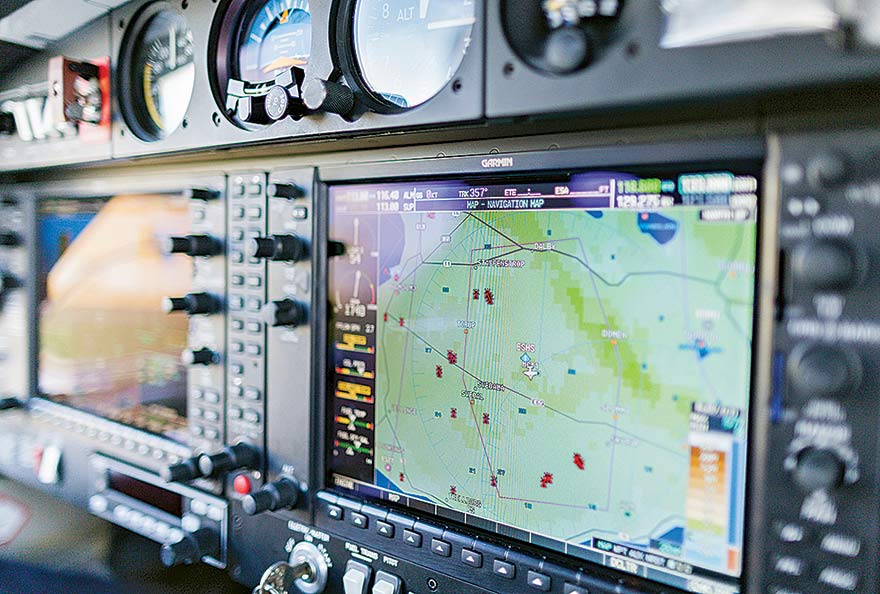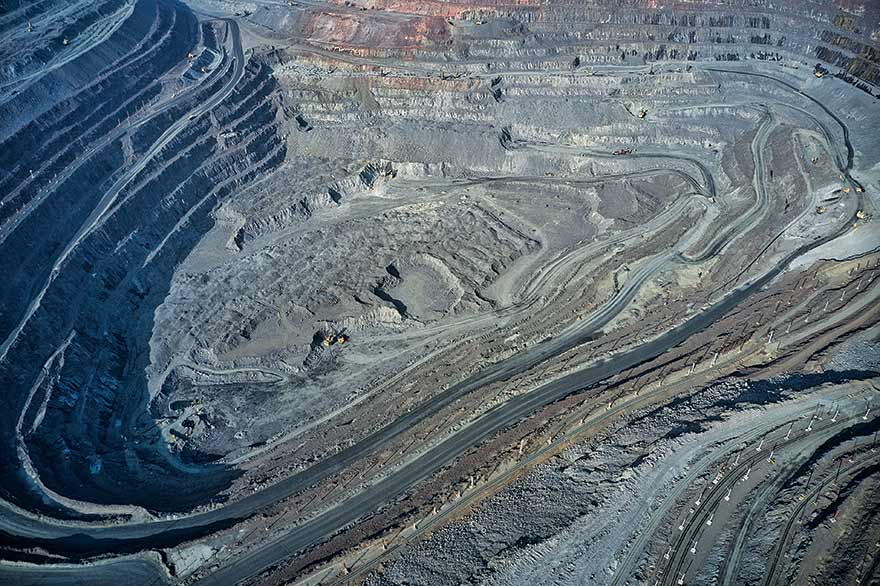According to market and consumer data company Statista, the mining industry’s market size is expected to increase worldwide by 10.1% in 2021. As such, mining is considered a highly desirable area of activity from the perspective of GDP growth and the creation of new jobs. However, with modern societies requiring ever more rare minerals in order to function, questions related to sustainability are becoming even more important.
Do we need mining? It comes across as an awkward question. Indeed, the mining sector represents one of the world economy’s strongest engines. The revenue generated by the top 40 global mining companies, which represent a vast majority of the whole industry, amounted to around 692 billion U.S. dollars in 2019, according to Statista. The market size of the mining industry is expected to increase worldwide by 10.1% in 2021. As such, mining is considered as being highly desirable from the perspective of GDP growth and the creation of new jobs.
However, mining contributes across the world to erosion, deforestation, biodiversity loss, the use of significant water resources, wastewater disposal issues and the contamination of soil, all of which contribute to the degradation of health in the local communities where mining takes place.
How can these two be brought closer together? In the future, modern societies will certainly demand, produce and purchase metals and minerals in even larger quantities than today. Rare minerals will be needed, for example, in infrastructure, communications equipment and sustainable energy systems (solar cells, wind turbines, batteries etc.).
Under such circumstances, pressure is mounting for the mining industry to adhere to the UN’s Sustainable Development Goals. In order to be considered sustainable, a mining community needs to adhere to the principles of ecological sustainability, economic vitality and social equity.
The mining and minerals industries have an impact on all three dimensions of sustainability, both positively and negatively. However, experts warn that without the industry’s contribution, not least in supplying materials for the necessary technological transformation of global energy systems, climate change would become difficult to solve.
Sustainable mining itself might be an oxymoron, given that every single mine has a limited lifespan and is ultimately abandoned when a mining company loses the ability to extract minerals profitably, which depends entirely on the percentage of a mineral contained in the ore. In that respect, mineral resources are viewed as finite and non-renewable.

When discussing sustainability, therefore, we highlight the environmental concerns that can be addressed through different types of measures, including shifting to new technologies. Economic aspects include social development, prosperity, competitiveness, resource management and the circular economy. Environmental considerations must take into account emissions, waste management, post-extraction remediation, the conservation of nature, energy use and climate.
In deciding how to mine, states and companies today rely on an integrated assessment of ecological, environmental, economic and social impacts. Decision-making processes usually entail making choices and trade-offs between competing interests
In summary, modern mining processes involve prospecting for ore bodies, analysing the profit potential of a proposed mine, extracting the desired materials and carrying out the final reclamation of land after a mine has been closed. These practises include measures like reducing the consumption of water and energy, minimising land disturbances and waste production, preventing the pollution of soil, water and air at mine sites and conducting successful mine closures and reclamation activities.
As such, environmental criteria have to be embedded in today’s investment and business decision-making processes from the very outset. The use of new technological solutions represents the backbone for ensuring operations and processes are made more efficient, collaborative in nature and more traceable. Those are some of the values being embraced by modern mining in the 21st century.
The new consensus on sustainability has resulted in strategic alliances being forged between the mining industry and some of the largest conservation organisations, including the World Wide Fund for Nature (WWF), Conservation International and the International Union for Conservation of Nature (IUCN). As previously mentioned, new technologies are also contributing to the development of 21st century mining. The latest technological trends in mining indicate a compelling shift in the industry towards sustainability. By effectively using new technologies like geospatial data, the mining industry gains insights into mine systems at a reduced cost and with a reduced impact on the environment. Industry experts observe that it will soon be possible to virtually construct and deconstruct buildings, plants, mines and all associated infrastructure before ground is even broken, thus creating a truly intelligent mine.
Geographic information systems (GIS) are an integral tool that allows a deeper look at how mining can be made more efficient in terms of location and accessibility.
Furthermore, artificial intelligence (AI) is also in use in advanced mining firms. Those companies use smart data and machine learning to improve operational efficiency, mine safety and production workflows. Implementing AI technology generates day-to-day data in half the time than was previously the case on the ground. As a result, companies can more easily find minerals by using high-performance AI technology. Furthermore, firms across the globe are increasingly using autonomous vehicles and drills in their pit-to-pit operations. This is resulting in drilling systems being simplified and representing much safer workplaces. Consequently, using mining equipment that encompasses AI helps to ensure safety and reliability for both miners and the land that mines occupy.
Over recent years, advanced mining companies have increasingly been using drones or unmanned aerial systems (UAS) to replace helicopters , thereby reducing their costs.
These new technologies also allow mining companies to efficiently use lower ore grades, work under extreme weather conditions, access deeper deposits, or treat harder rock mass and high-stress environments.
